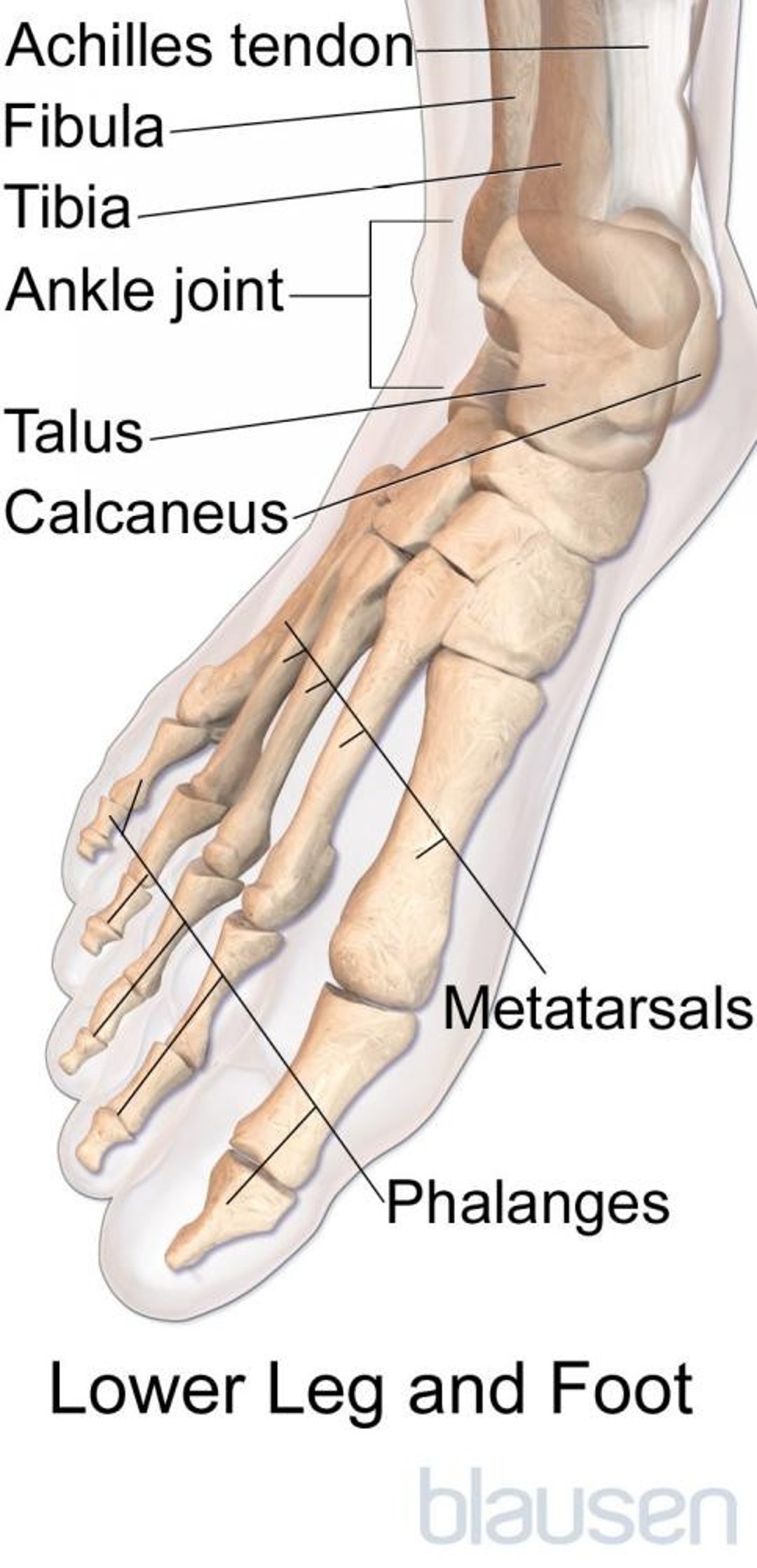- Overview of Foot and Ankle Problems
- Achilles Tendon Bursitis
- Achilles Tendon Enthesopathy
- Bunion
- Damage to Nerves in the Foot
- Freiberg Disease
- Hammer Toe
- Inferior Calcaneal Bursitis
- Medial and Lateral Plantar Nerve Entrapment
- Metatarsal Joint Pain
- Pain in the Ball of the Foot (Metatarsalgia)
- Plantar Fasciitis
- Plantar Fibromatosis
- Sesamoiditis
- Tarsal Tunnel Syndrome
- Tibialis Posterior Tendinosis and Tibialis Posterior Tenosynovitis
Freiberg disease is death of the tissue (necrosis) of parts of the bones in the ball of the foot, usually next to the big toe (the second metatarsal head).
(See also Overview of Foot Problems.)
Freiberg disease is a cause of pain in the ball of the foot (metatarsalgia). The cause is injury to the bone. This disorder usually occurs in girls who are going through puberty and who are growing rapidly or in people in whom the bone connected to the base of the big toe (the first metatarsal bone) is short or the second metatarsal bone is long. In both cases, the second metatarsal head can be subjected to repeated stresses such as during dancing, jogging, or running.
Symptoms of Freiberg Disease
In people with Freiberg disease, pain is usually worse when bearing weight, particularly when pushing off of the foot, or when wearing high-heeled shoes. The joint may be swollen and stiff.
Diagnosis of Freiberg Disease
X-rays
Doctors do x-rays to confirm the diagnosis of Freiberg disease.
Treatment of Freiberg Disease
Footwear changes or orthoses
Sometimes surgery
Low-heeled shoes, possibly those that have thicker soles than normal and rounded heels (called rocker sole modifications), or inserts or other devices (orthoses) placed in the shoe that change the position or range of movement of the foot to relieve pressure on the affected joints or painful areas are helpful.
Surgery may be needed to prevent further tissue damage.



